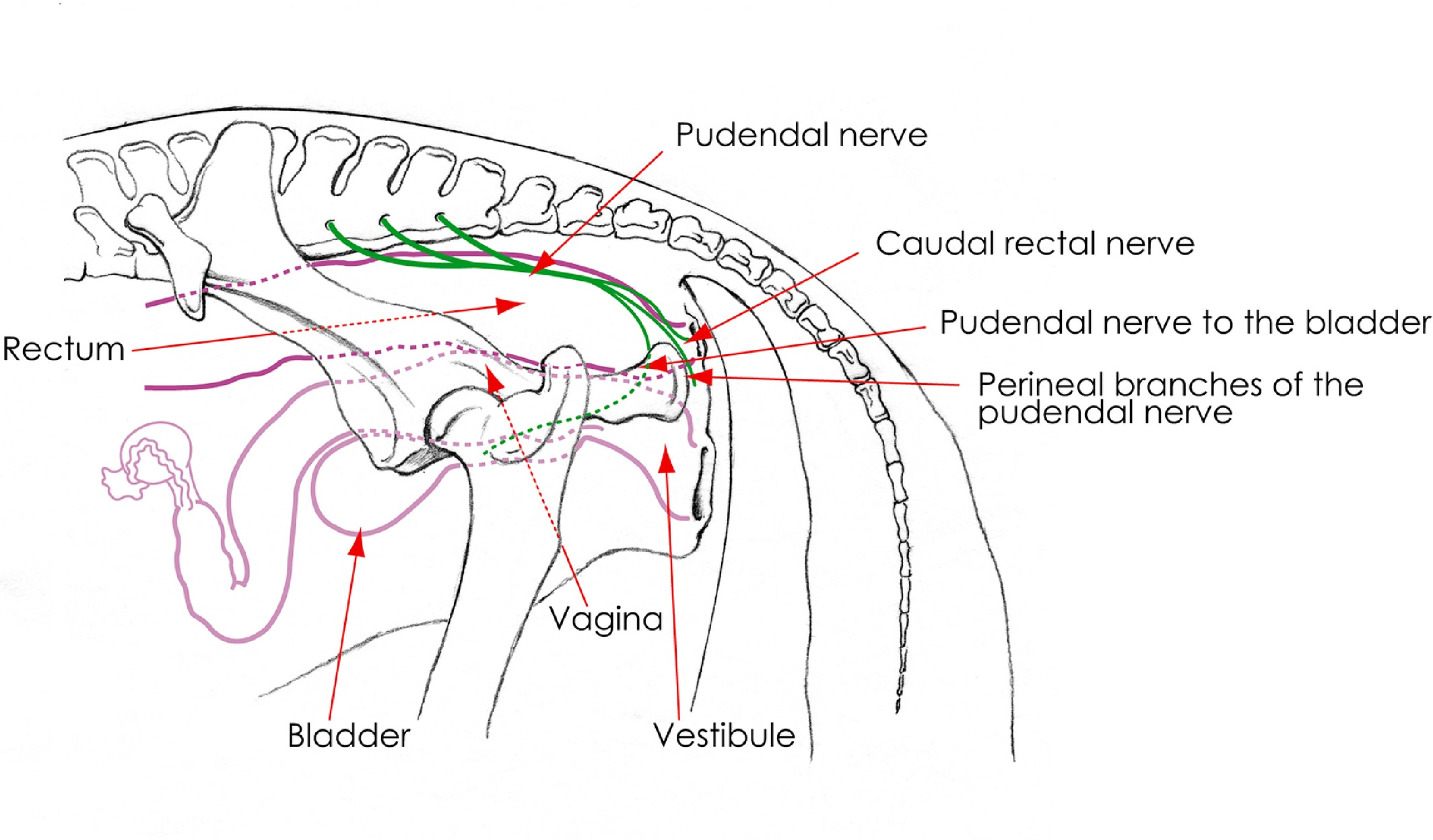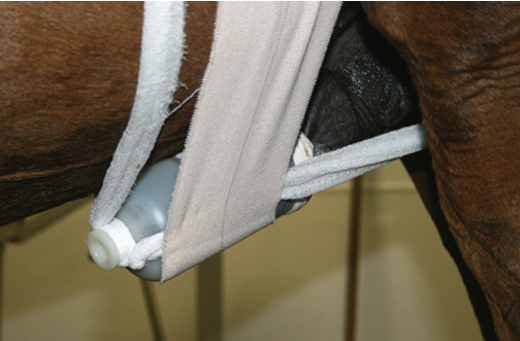1.23 Diseases of the Penis and Prepuce
1/20
There's no tags or description
Looks like no tags are added yet.
Name | Mastery | Learn | Test | Matching | Spaced | Call with Kai |
|---|
No study sessions yet.
21 Terms
What are examples of diseases of the penis and prepuce?
Balanitis, postitis, balantopostitis
Pseudomonas aeruginosa
Phimosis
Paraphimosis
Priapism
Neoplasia
Trauma
Lacterations
Penile and preputial lesions
What are the causes of balanitis, postitis, and balantopostitis?
Infectious: virus (EHV-3), parasitic (dourine), bacteria (Pseudomonas, Klebsiella, Streptococcus, Chlamydia, Brucella, Salmonella abortus equi).
Non-infectious: trauma, immunosuppression, unhygienic environment, smegma accumulation
What are the clinical signs of balanitis, postitis, and balantopostitis?
Green-yellow purulent fetid discharge, erythematous and hyperaemic MM, erosions, pain, dysuria
Part of the normal flora of the skin, mm, and intestinal contents. It is an opportunistic pathogen.
Inability to normally protrude to constriction of preputial orifice or preputial ring
Remove triangular segment of external lamina, suture to cut edge of internal preputial lamina
Inability to withdraw the penis into the prepuce due to preputial oedema, systemic disease or phenothiazines
Persistent erection without sexual arousal due to blood flow disturbance, phenothiazine, tumour, GA, nematodes
Benztropine, heparinised saline, evacuation of blood and irrigation of penis.
Squamous cell carcinoma.
What are the causes of penile and preputial lacerations?
Injuries include lacerations and haematomas and are usually caused by:
Kicks (especially to erect penis),
Mounting of stationary objects,
Attempting to breed a mare across a barrier,
Severe bending of the penis shaft after coitus or semen collection.
What are the potential complications of penile and preputial lacerations?
Deep lacerations extending into the corporeal body → haemospermia or incompetence.
Deep laceration extending into urethra → severe necrosis of tissue from escape of urine.
Damaged pudendal nerves → penis paralysis → protrusion of the penis and prepuce → cause further damage to exposed penile and preputial epithelium

How are penile and preputial lacerations treated?
Depends on age of lesion and location:
Fresh: sutured with soft, absorbable or nonabsorbable.
Infected: left open to heal, dressed with non-irritating antimicrobial ointment. Later closed when not inflamed.
Oedema: penis and prepuce retained within the preputial cavity with a retainer bottle, nylon netting or hosiery.
Tunica albuginea: suture.
Urethra: sutured. If transverse laceration → large-bore catheter maintained in the lumen of urethra to prevent formation of a stenosing cicatrix (scar)

A stallion affected with preputial and penile trauma should be isolated from mares until the wound has healed.